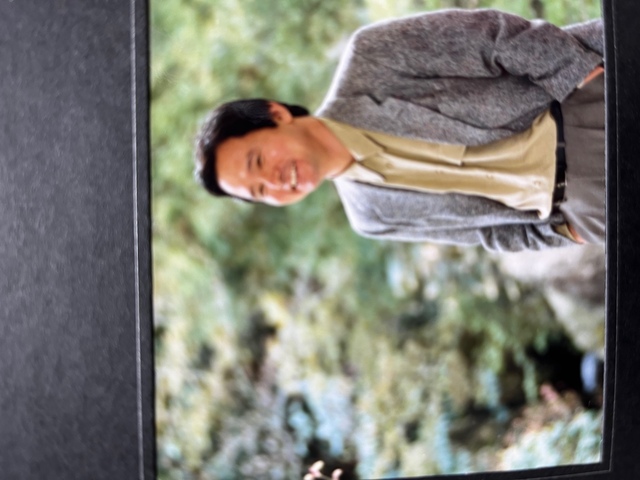2020/9/18
The following is from the controversial book "My Enemy, Xi Jinping," written by Yang Yi, the first Chinese author to win the Akutagawa Prize and now a naturalized citizen of Japan.
The following is from the controversial book "My Enemy, Xi Jinping," written by Yang Yi, the first Chinese author to win the Akutagawa Prize and now a naturalized citizen of Japan.
It is a must-read for Japan and the rest of the world.
I subscribed to it on the recommendation of one of the leading readers, but please subscribe tomorrow at your local bookstore or elsewhere for those who still need to do so.
It is concise, easy to read, and will eventually earn the reputation of a historical masterpiece.
P32-p46
We can't make a vaccine because we don't have information on Patient O!
As mentioned earlier, bats in the seafood market were initially thought to be the source of the outbreak, but the first patient, known as "Patient 0," did not visit the seafood market in Wuhan, much less contact with the bats.
We need to find out the details of where this theory came from.
However, if there is no contact with the seafood market, the authorities should have made that fact public.
But they still keep the information under wraps.
The authorities themselves should have collected the virus from Patient O and have the data.
A Chinese blogger researched and found out that a young female researcher named Huang Yanling, who worked at the Wuhan Institute of Virus Research, was a patient with Patient O.
The woman was the first deceased person to be infected with the new coronavirus, and human-to-human transmission began among those who attended her funeral.
The Wuhan Institute of Virology denied that the woman was Patient O. Still, as more people began to investigate her whereabouts, her photo, profile, and publication information on the institute's website, where she worked, were quietly deleted and disappeared.
Various traces point to her as the starting point of this pandemic.
She died at the beginning of December, and in retrospect, the time of infection would have been in November.
Thus, if the goal was to experiment on humans, they should have known when it was released, how it was transmitted, and what kind of patients it caused.
But they never try to make it public.
We can't help but feel that it's deliberate.
It's an information disturbance.
New coronaviruses mutate so fast that no one will know what the original virus was like without accurate information on the first patient with O.
If we don't know the exact identity, it will take longer to develop a vaccine.
That's why I suspect they are deliberately not releasing the information to the public.
The U.S. uses big data to search for Patient O in the U.S., but without data on Patient O in China, it may not get to the "root" of the problem.
The virus structure raging in the United States may differ from those in China and other countries.
In fact, at the beginning of March, a research team in China reported two types of new coronaviruses.
According to the report, one is the "S" type, similar to the bats' genes that are believed to be the coronavirus source, and the other is the newer and more progressive "L" type, which has mutated.
This one is more aggressive and spreads more rapidly, it says.
Coronaviruses are characterized by their tendency to mutate.
The more explosive the number of people infected and the more the virus multiplies, the more likely it is to mutate.
In Italy and Spain, the L-type of the disease was rampant.
This article continues.

2024/9/19 in Himegi























